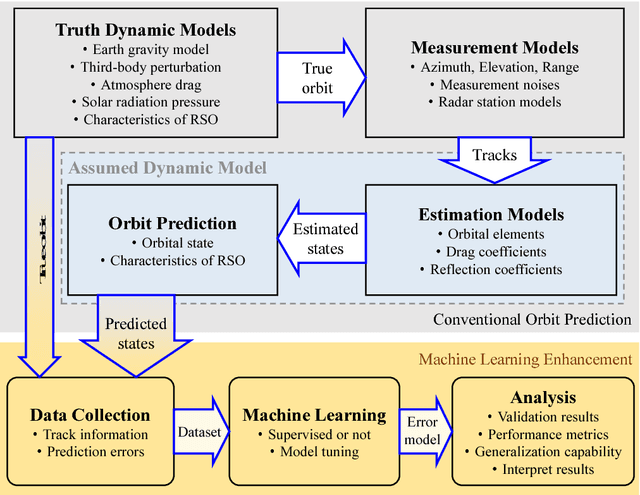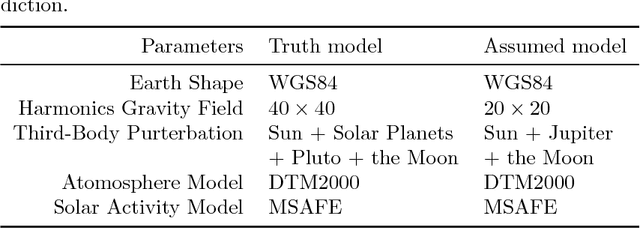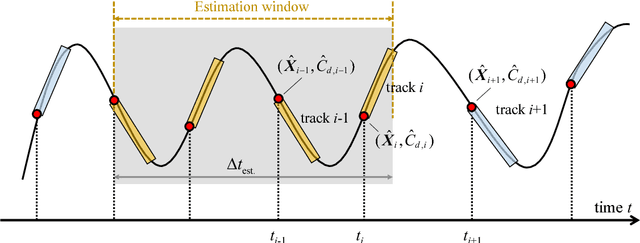Xiaoli Bai
Imitation Learning for Satellite Attitude Control under Unknown Perturbations
Jul 01, 2025



Abstract:This paper presents a novel satellite attitude control framework that integrates Soft Actor-Critic (SAC) reinforcement learning with Generative Adversarial Imitation Learning (GAIL) to achieve robust performance under various unknown perturbations. Traditional control techniques often rely on precise system models and are sensitive to parameter uncertainties and external perturbations. To overcome these limitations, we first develop a SAC-based expert controller that demonstrates improved resilience against actuator failures, sensor noise, and attitude misalignments, outperforming our previous results in several challenging scenarios. We then use GAIL to train a learner policy that imitates the expert's trajectories, thereby reducing training costs and improving generalization through expert demonstrations. Preliminary experiments under single and combined perturbations show that the SAC expert can rotate the antenna to a specified direction and keep the antenna orientation reliably stable in most of the listed perturbations. Additionally, the GAIL learner can imitate most of the features from the trajectories generated by the SAC expert. Comparative evaluations and ablation studies confirm the effectiveness of the SAC algorithm and reward shaping. The integration of GAIL further reduces sample complexity and demonstrates promising imitation capabilities, paving the way for more intelligent and autonomous spacecraft control systems.
Machine Learning in Heliophysics and Space Weather Forecasting: A White Paper of Findings and Recommendations
Jun 22, 2020Abstract:The authors of this white paper met on 16-17 January 2020 at the New Jersey Institute of Technology, Newark, NJ, for a 2-day workshop that brought together a group of heliophysicists, data providers, expert modelers, and computer/data scientists. Their objective was to discuss critical developments and prospects of the application of machine and/or deep learning techniques for data analysis, modeling and forecasting in Heliophysics, and to shape a strategy for further developments in the field. The workshop combined a set of plenary sessions featuring invited introductory talks interleaved with a set of open discussion sessions. The outcome of the discussion is encapsulated in this white paper that also features a top-level list of recommendations agreed by participants.
Improving Orbit Prediction Accuracy through Supervised Machine Learning
Jan 15, 2018



Abstract:Due to the lack of information such as the space environment condition and resident space objects' (RSOs') body characteristics, current orbit predictions that are solely grounded on physics-based models may fail to achieve required accuracy for collision avoidance and have led to satellite collisions already. This paper presents a methodology to predict RSOs' trajectories with higher accuracy than that of the current methods. Inspired by the machine learning (ML) theory through which the models are learned based on large amounts of observed data and the prediction is conducted without explicitly modeling space objects and space environment, the proposed ML approach integrates physics-based orbit prediction algorithms with a learning-based process that focuses on reducing the prediction errors. Using a simulation-based space catalog environment as the test bed, the paper demonstrates three types of generalization capability for the proposed ML approach: 1) the ML model can be used to improve the same RSO's orbit information that is not available during the learning process but shares the same time interval as the training data; 2) the ML model can be used to improve predictions of the same RSO at future epochs; and 3) the ML model based on a RSO can be applied to other RSOs that share some common features.
 Add to Chrome
Add to Chrome Add to Firefox
Add to Firefox Add to Edge
Add to Edge